Little egret (Egretta garzetta) is a species of small heron in the Bird family Ardeidae. It is a white bird with a slender black beak, long black legs and, in the western race, yellow feet. As an aquatic bird, it feeds in shallow water and on land, consuming a variety of small creatures. It breeds colonially, often with other species of water birds, making a platform nest of sticks in a tree, bush or reed bed. A clutch of bluish-green eggs is laid and incubated by both parents. The young fledged at about six weeks of age.
Little egret breeding distribution is in wetlands in warm temperate to tropical parts of Europe, Africa, Asia, and Australia. A successful colonist, its range has gradually expanded north, with stable and self-sustaining populations now present in the United Kingdom. In warmer locations, most Little egret birds are permanent residents; northern populations, including many European birds, migrate to Africa and southern Asia to over-winter there.
The birds may also wander north in late summer after the breeding season, and their tendency to disperse may have assisted in the recent expansion of the bird’s range. At one time common in Western Europe, it was hunted extensively in the 19th century to provide plumes for the decoration of hats and became locally extinct in northwestern Europe and scarce in the south. Around 1950, conservation laws were introduced in southern Europe to protect the species and their numbers began to increase. By the beginning of the 21st century the bird was breeding again in France, the Netherlands, Ireland and Britain. It has also begun to colonize the New World; it was first seen in Barbados in 1954 and first bred there in 1994. The International Union for Conservation of Nature has assessed the bird’s global conservation status as being of “least concern”.
Little egrets are mostly silent but make various croaking and bubbling calls at their breeding colonies and produce a harsh alarm call when disturbed. To the human ear, the sounds are indistinguishable from the black-crowned night heron (Nycticorax nycticorax) and the cattle egret (Bubulcus ibis) with which it sometimes associates. The blue bill blue leg species is also observed in Taiwan. The subspecies nigripes differs in having yellow skin between the bill and eye, and blackish feet. During the height of courtship, the lores turn red and the feet of the yellow-footed races turn red. The bill is long and slender and it and the lores are black. There is an area of greenish-grey bare skin at the base of the lower mandible and around the eye which has a yellow iris. The legs are black and the feet yellow. Juveniles are similar to non-breeding adults but have greenish-black legs and duller yellow feet, and may have a certain proportion of greyish or brownish feathers.
The adult little egret is 55–65 cm (22–26 in) long with an 88–106 cm (35–42 in) wingspan, and weighs 350–550 g (12–19 oz). Its plumage is normally entirely white, although there are dark forms with largely bluish-grey plumage. In the breeding season, the adult has two long plumes on the nape that form a crest. These plumes are about 150 mm (6 in) and are pointed and very narrow. There are similar feathers on the breast, but the barbs are more widely spread. There are also several elongated scapular feathers that have long loose barbs and may be 200 mm (8 in) long. During the winter the plumage is similar but the scapulars are shorter and more normal in appearance.
The breeding range of the western race (E.g. garzetta) includes southern Europe, the Middle East, much of Africa and southern Asia. Northern European populations are migratory, mostly travelling to Africa although some remain in southern Europe, while some Asian populations migrate to the Philippines. The eastern race, (E.g. nigripes), is resident in Indonesia and New Guinea, while E.g. immaculata inhabits Australia and New Zealand, but does not breed in the latter. During the late twentieth century, the range of the little egret expanded northwards in Europe and into the New World, where a breeding population was established on Barbados in 1994. The birds have since spread elsewhere in the Caribbean region and on the Atlantic coast of the United States.
The little egret’s habitat varies widely, and includes the shores of lakes, rivers, canals, ponds, lagoons, marshes and flooded land, the bird preferring open locations to dense cover. On the coast it inhabits mangrove areas, swamps, mudflats, sandy beaches and reefs. Rice fields are an important habitat in Italy, and coastal and mangrove areas are important in Africa. The bird often moves about among cattle or other hoofed mammals.
Little egrets are sociable birds and are often seen in small flocks. Nevertheless, individual birds do not tolerate others coming too close to their chosen feeding site, though this depends on the abundance of prey. They use a variety of methods to procure their food; they stalk their prey in shallow water, often running with raised wings or shuffling their feet to disturb small fish, or may stand still and wait to ambush prey. They make use of opportunities provided by cormorants disturbing fish or humans attracting fish by throwing bread into water. On land they walk or run while chasing their prey, feed on creatures disturbed by grazing livestock and ticks on the livestock, and even scavenge. Their diet is mainly fish, but amphibians, small reptiles, mammals and birds are also eaten, as well as crustaceans, molluscs, insects, spiders and worms.
Little egrets nest in colonies, often with other wading birds. On the coasts of western India these colonies may be in urban areas, and associated birds include cattle egrets (Bubulcus ibis), black-crowned night herons (Nycticorax nycticorax) and black-headed ibises (Threskiornis melanocephalus). In Europe, associated species may be squacco herons (Ardeola ralloides), cattle egrets, black-crowned night herons and glossy ibises (Plegadis falcinellus). The nests are usually platforms of sticks built in trees or shrubs, or in reed beds or bamboo groves. In some locations such as the Cape Verde Islands, the birds nest on cliffs. Pairs defend a small breeding territory, usually extending around 3 to 4 m (10 to 13 ft) from the nest. The three to five eggs are incubated by both adults for 21 to 25 days before hatching. They are oval in shape and have a pale, non-glossy, blue-green shell color. The young birds are covered in white down feathers, are cared for by both parents and fledge after 40 to 45 days.
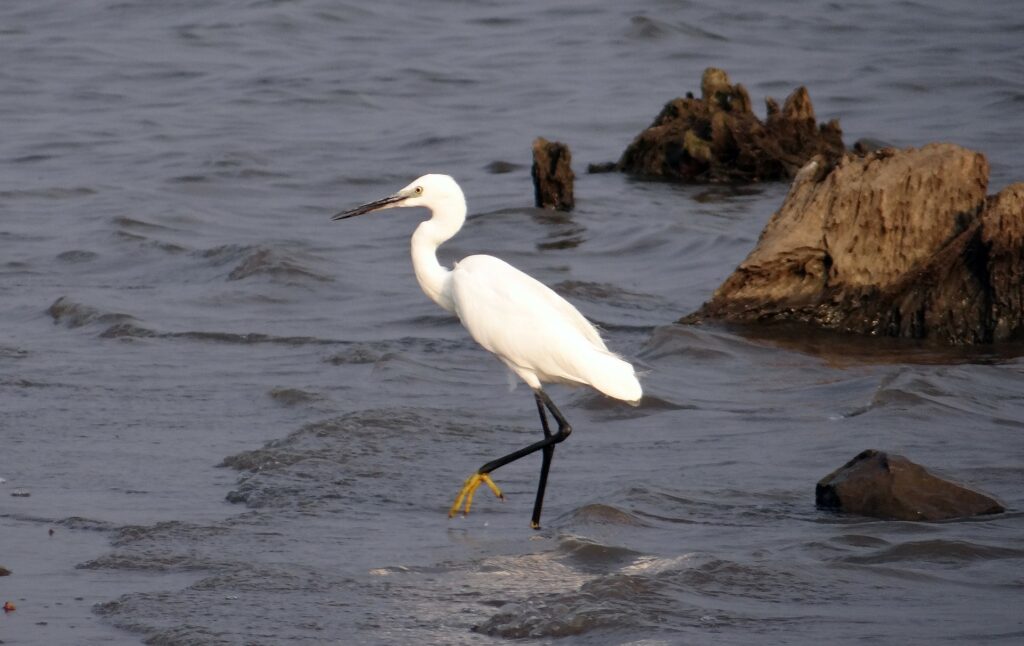
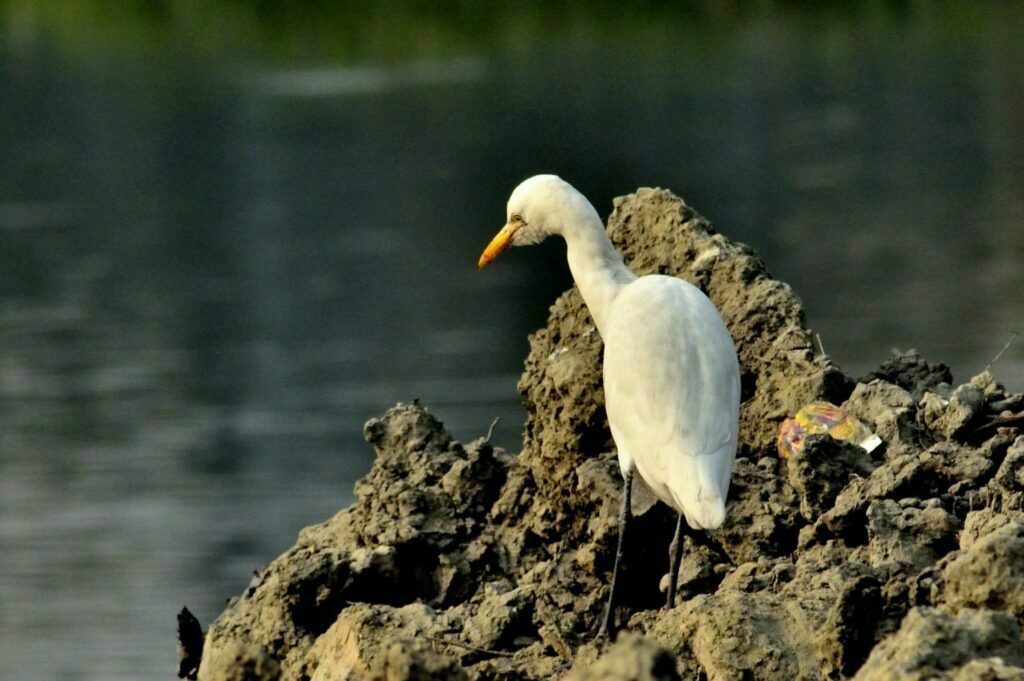
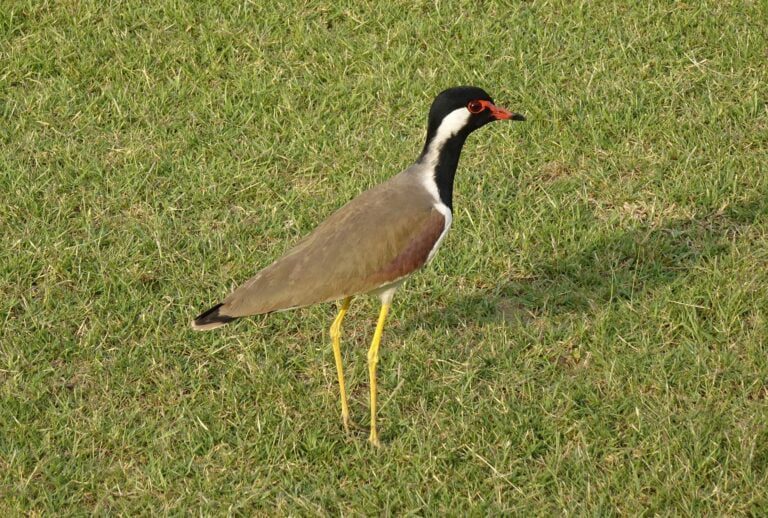
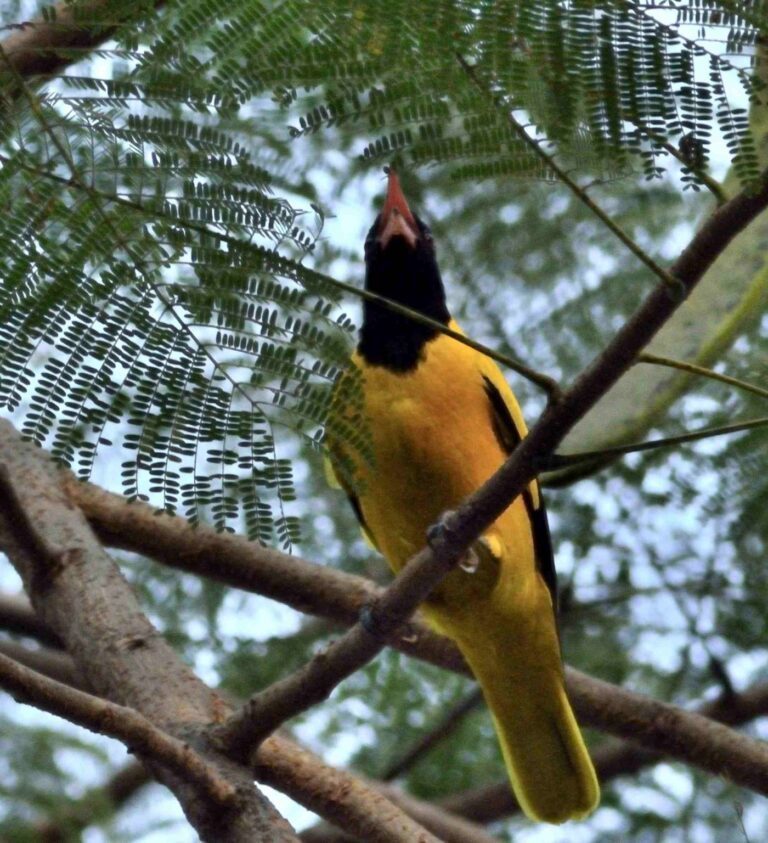
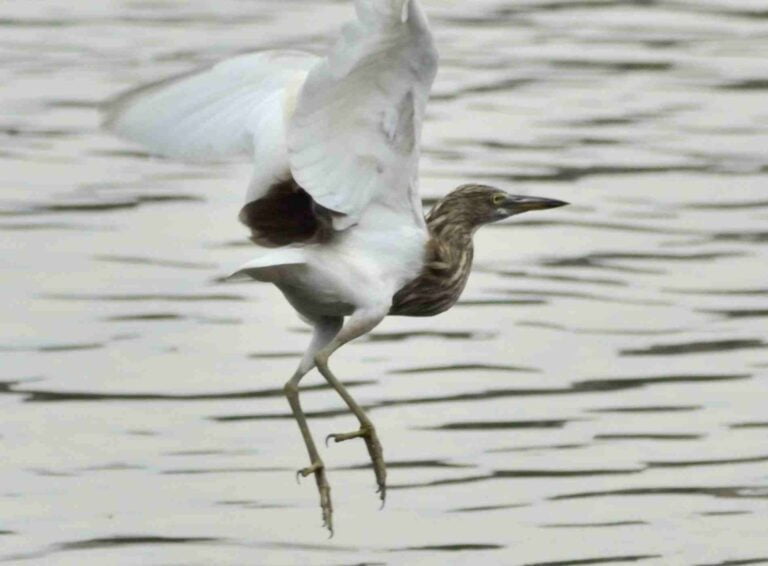
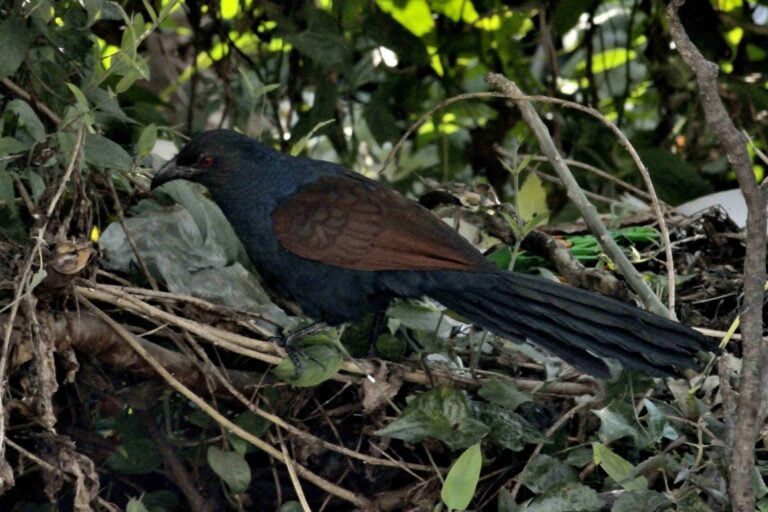

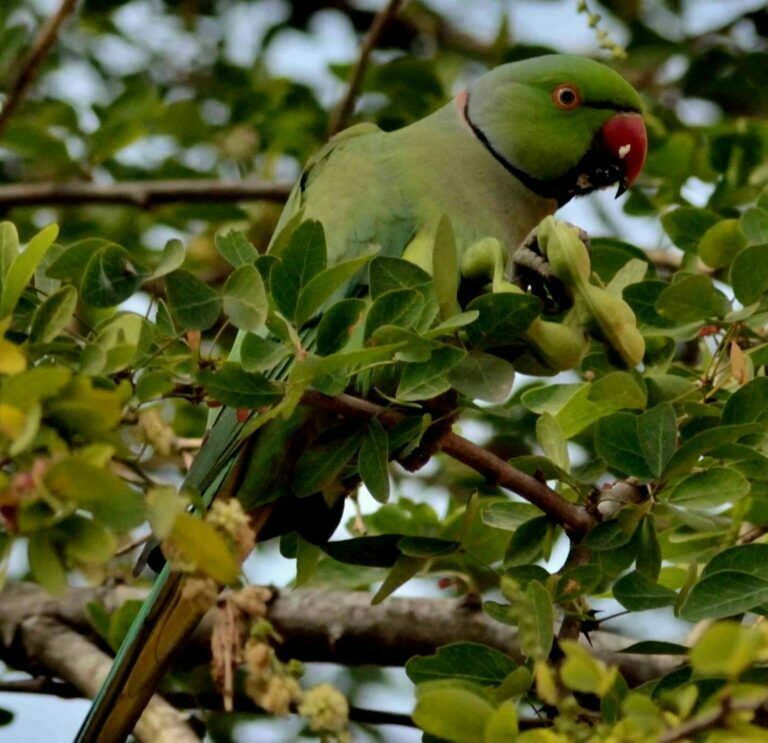
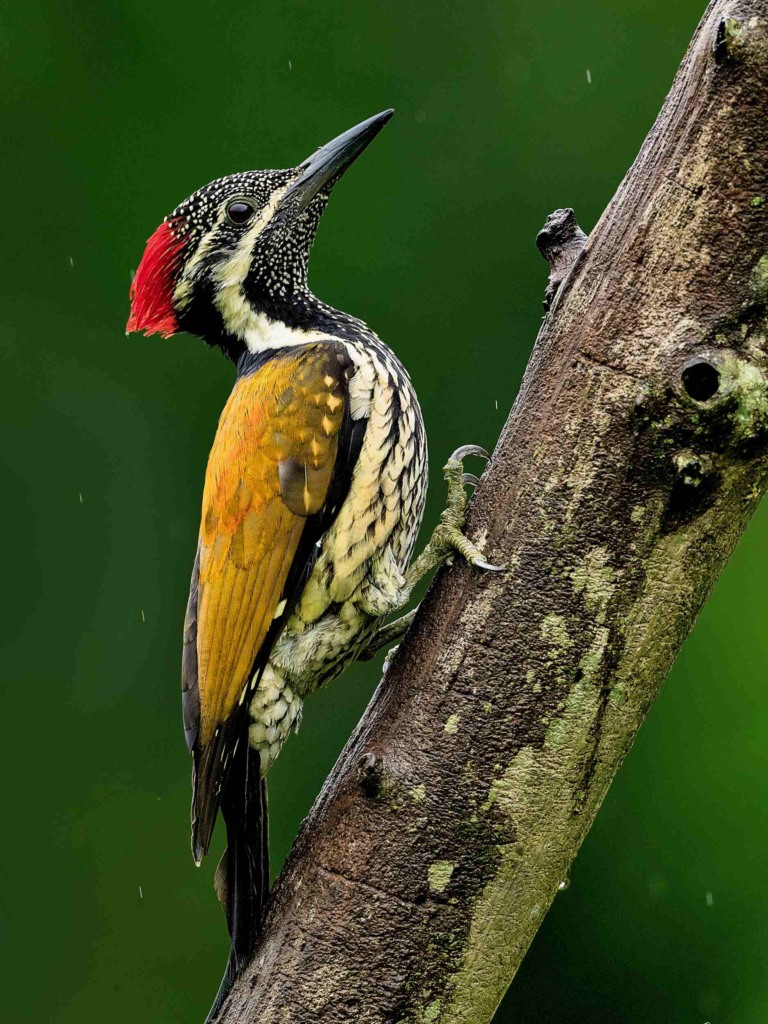
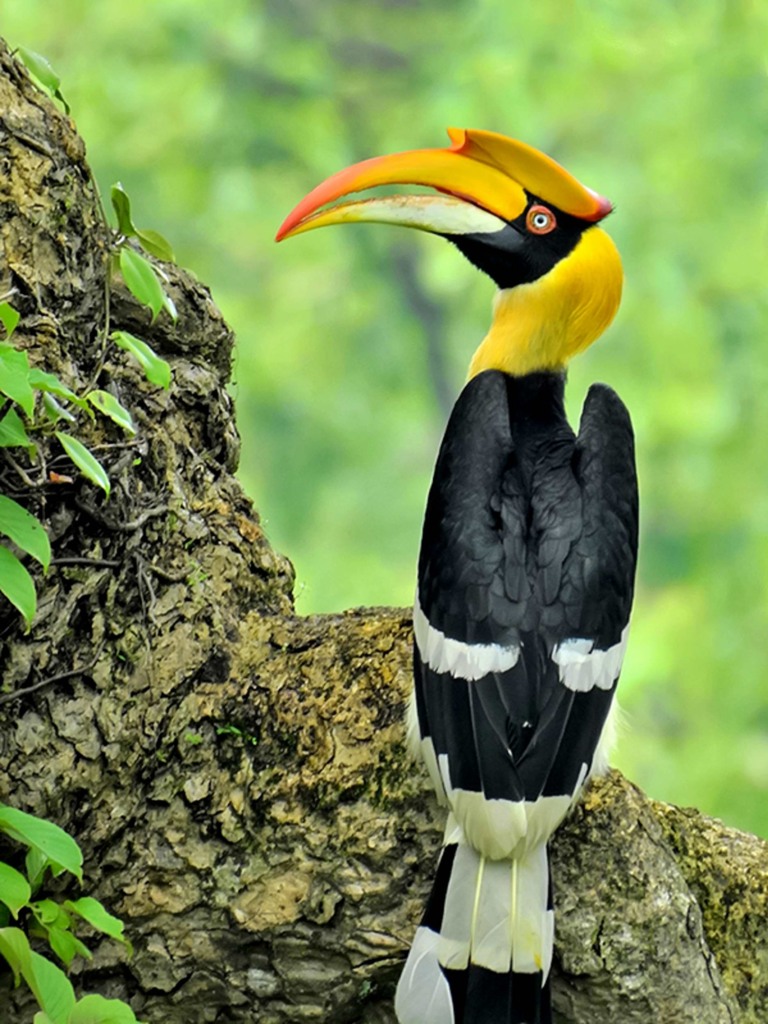
Super shots…
Your inquisitiveness is so much encouraging. I’m sure of getting your comments again. Thanks buddy…